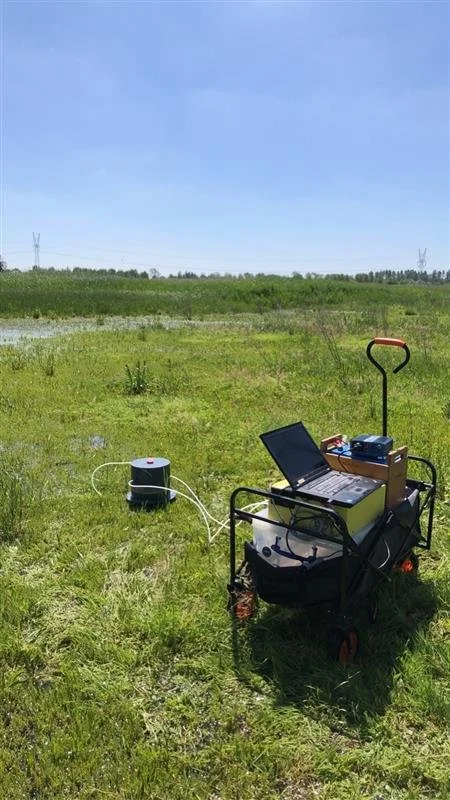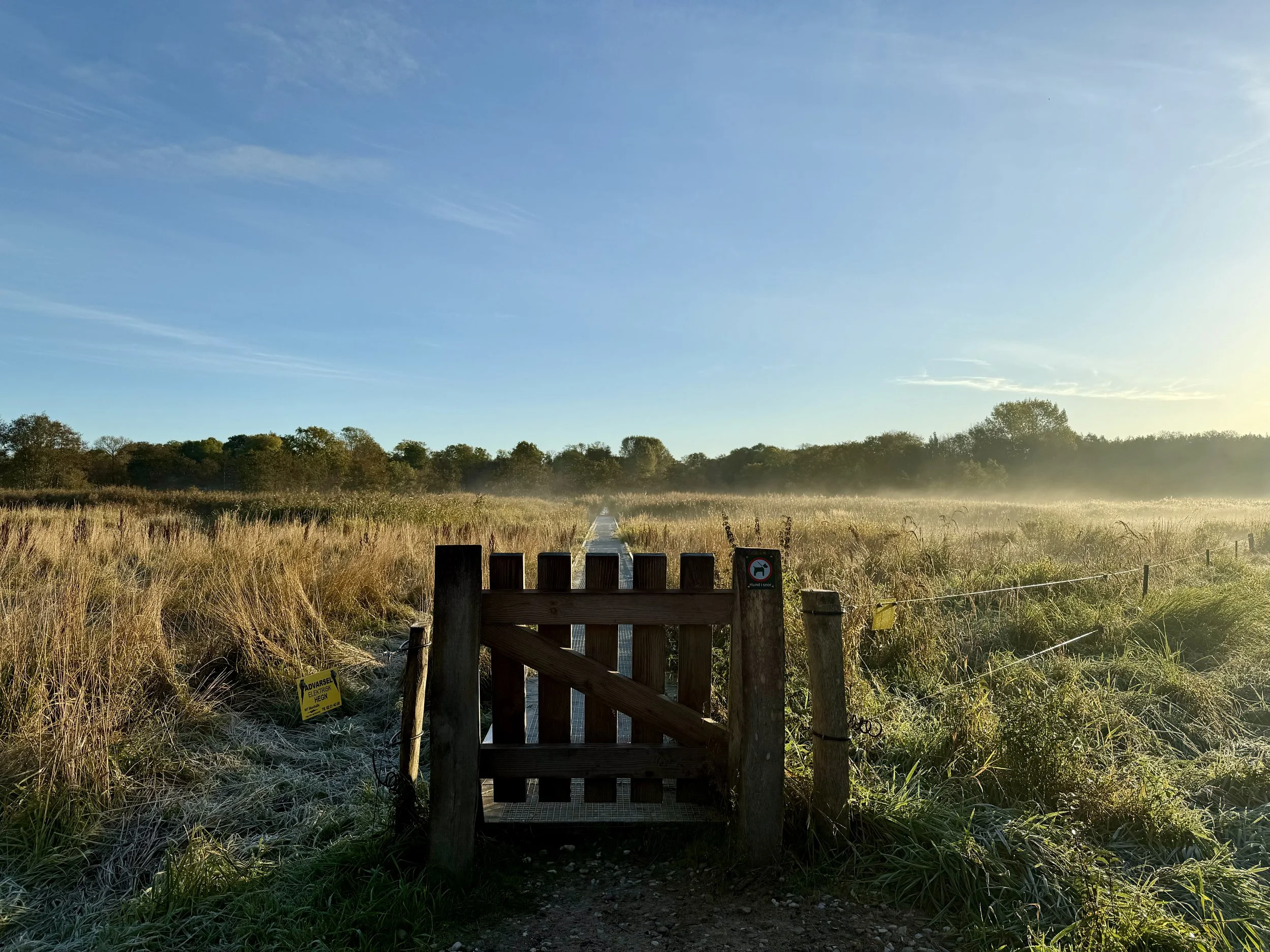Cases
To assess how AquaNbS can be used to scale solutions, we begin with a series of small-scale case studies. Although AquaNbS is designed to guide planning at landscape and regional scales, such that interventions can address critical challenges such as water and food security, it is essential to first understand how individual interventions function within specific contexts.
These case studies serve as the foundation for scaling up. They help demonstrate how local AquaNbS interventions contribute to broader landscape health, and how interdisciplinary approaches can quantify the full range of co-benefits compared to conventional grey infrastructure. Each study applies a mix of biophysical, economic, and planning methodologies to assess the performance and value of AquaNbS.
By focusing on real-world examples, these studies support practitioners, planners, and policymakers in understanding how AquaNbS can drive effective climate adaptation and mitigation at scale.
The examples below offer practical insights into how AquaNbS interventions work, paving the way for their integration into broader planning strategies.




